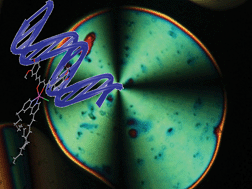DNA binding and cytotoxicity of fluorescent curcumin-based Zn(ii) complexes†
Abstract
Two new heteroleptic pentacoordinated Zn(II) complexes (1 and 2) containing 4,4′-disubstituted 2,2′-bipyridines as the main ligand and curcumin (curc) as an ancillary ligand have been synthesized, spectroscopically and structurally characterized, and tested in vitro towards different human cancer cell lines. While the nitrogen ligands are almost inactive, Zn(II) curc derivatives 1 and 2 show promising and selective anticancer properties. In particular the curc Zn(II) complex 1 shows the strongest growth inhibition in all cell lines, being even more effective than the pure curc in the LAN-5 neuroblastoma cell line. Furthermore, the curc moiety makes the complexes 1 and 2 fluorescent, a feature enabling investigation of their interaction with DNA through a new optical method previously tested with the reference fluorescent intercalator ethidium bromide. This analysis demonstrates that the interaction mode of curc, 1 and 2 with DNA in the double helix favors their alignment perpendicular to the DNA axis, suggesting a partial inter-base intercalation of these Zn(II) complexes.


 Please wait while we load your content...
Please wait while we load your content...